Turmeric – the “golden” bullet in human and animal nutrition? (part 1)
Looking quite similar to ginger roots and being also known as Indian saffron: We are talking about the yellow-colored power plant turmeric. From their origin to modes of action - are you ready to discover another star in the phytogenic universe? Then read on…
After having already presented insights about garlic, thyme and quillaja, we will continue our journey with a real power plant called turmeric.
During the last decade, the ginger look-alike herb made its entry into supermarkets worldwide. A clear sign that the popularity of turmeric is steadily rising – among consumers. As phytogenius minds, we always want to look under the surface and go deeper into the phytogenic universe. Therefore, we have evaluated turmeric’s potential usage in human as well as animal nutrition. How? By going through numerous studies and doing own research.
Let’s see what we have been discovered.
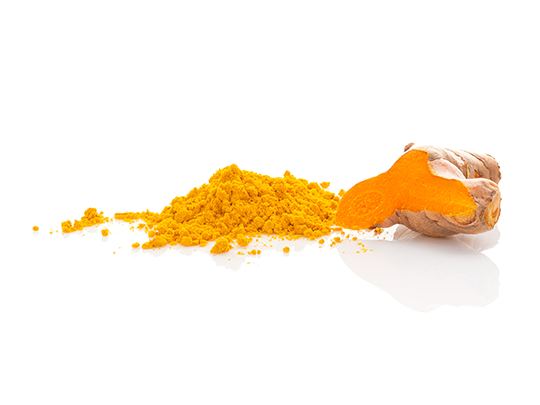
After reading this article you will know,
- the origin of turmeric
- the early use of turmeric as a medicinal plant
- the active ingredients in turmeric
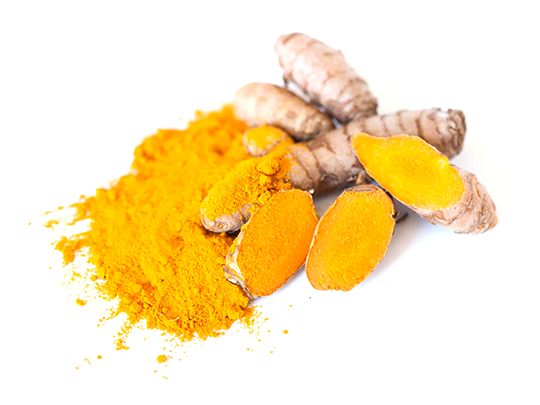
Turmeric in portrait
Turmeric (also known by its Latin name Curcuma longa) is a flowering plant whose rhizomes look quite similar to ginger roots from the outside but are intensively yellow colored in the inside. This similarity can be explained since both plants belong to the same family of Zingiberaceae. Following the roots of turmeric, our journey leads us 2,500 years back in time to South- East-Asia, more specifically: to India and China. Being first cultivated as a natural dye and kitchen herb, it soon became an essential ingredient in the Traditional Indian Medicine (Ayurveda) and the Traditional Chinese Medicine (TCM).
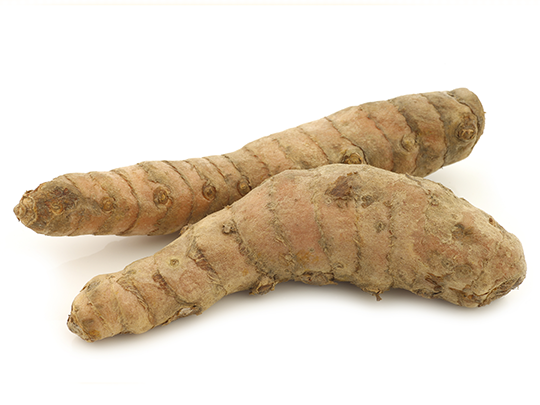
In Europe and the US, turmeric is widely known as the main ingredient of curry where it adds a bitter and pungent taste. When traditional eastern medicine approaches became popular in European and US countries, the potential healing properties of turmeric were put into focus of public interest as well. In this regard, especially the use as supplement in human and animal nutrition has seen a rising demand. However, turmeric gets more and more popular around the globe, the world largest consumer, producer and exporter is still India.
Did you know?
Due to the strong dying capability of giving food and beverages a bright yellow-orange color, turmeric is also called Indian saffron. Therefore, it is also used as a dying agent in cosmetics and in fabrics
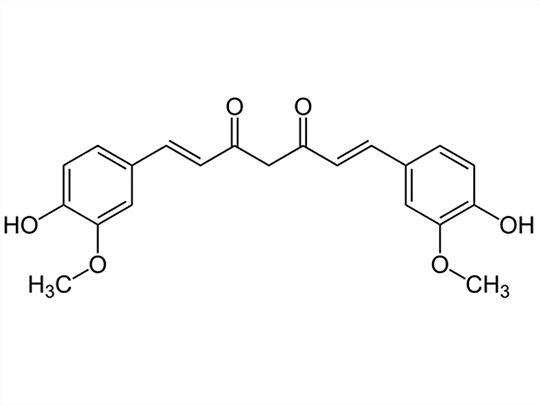
Active ingredients in turmeric
Curcuminoids and essential oil components are the main active constituents of Curcuma longa. The first group mainly comprises the phenolic compounds curcumin, demethoxycurcumin and bisdemethoxycurcumin. Turmeric essential oil consists mainly of αr-Turmerone, α-Turmerone and further constituents like Zingiberone, Atlantone and β- Turmerone, all belonging to the class of monocyclic sesquiterpenes. Curcumin is generally the most important substance in turmeric products and is also considered the most important compound of Curcuma longa regarding to its biological activity. Therefore, most research on detailed modes of action turmeric exerts in biological systems focuses on the effects of curcumin.
Do you want the entire article as PDF including all references?
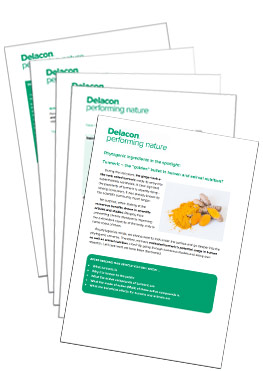
You are only one click away.
Interested in more insights about turmeric?
Stay tuned and discover the beneficial effects of turmeric in our next chapter!

Marlene Forrai
Storyteller, foodie, life-long learner – may be the three words that describe me best. Unfortunately, you cannot make a living by only eating food, even though it’s healthy. Therefore, I have developed my skills in Marketing, Online Communications and Content Management to enlighten people around the globe about the power of nature and its contribution to animal as well as human health. Since February 2022, Marlene started a new career path outside of Delacon.










